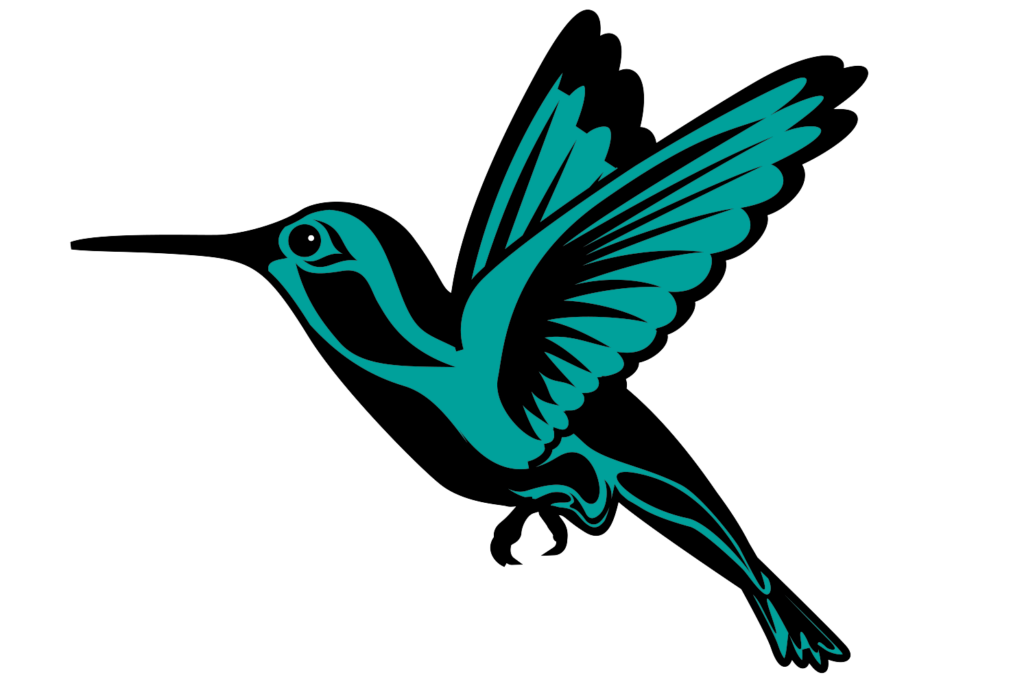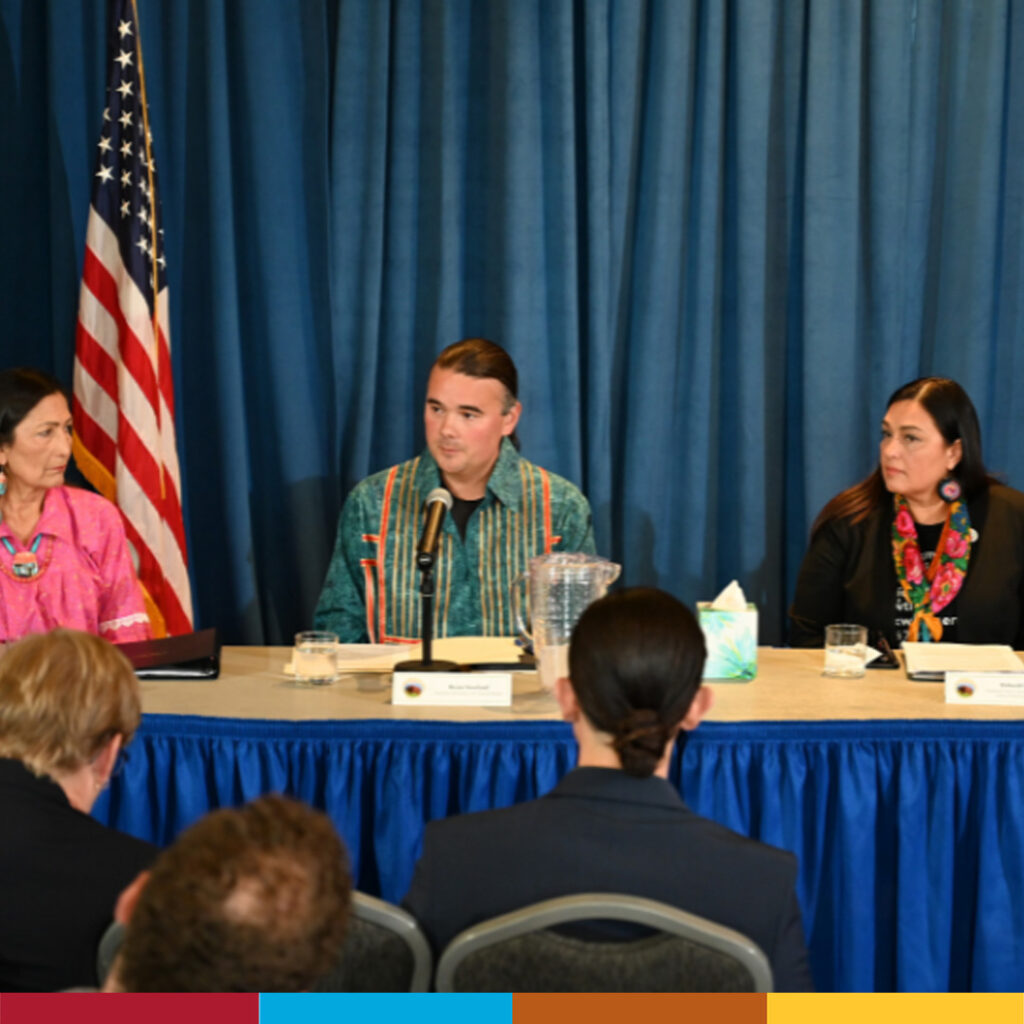What is the Federal Indian Boarding School Initiative?
Launched in 2021, the Department of the Interior’s Federal Indian Boarding School Initiative is an effort to “recognize the troubled legacy of federal Indian boarding school policies with the goal of addressing their intergenerational impact and to shed light on the traumas of the past.” This initiative is led by Secretary of the Interior Deb Haaland (Laguna Pueblo), and includes the release of two investigative reports on federal Indian boarding schools, NABS’s Oral History Project, and listening sessions on the “Road to Healing.”


Federal Indian Boarding School Investigative Reports
Under the leadership of Assistant Secretary for Indian Affairs Bryan Newland (Bay Mills Ojibwe), the Department of the Interior released two volumes of federal Indian boarding school investigative reports; the first volume was released May 2022, and the second and final volume was released July 2024.
- 408 Federally funded/supported Indian Boarding Schools
- 89 Indian Boarding School Institutions not federally funded/supported
- 497 total Indian boarding school institutions
- Over 500 confirmed student deaths across 19 institutions
- 1000+ other Federal and non-Federal institutions were identified (including day schools, sanitariums, asylums, orphanages, and stand-alone dormitories that involved education of Native people.
- The Federal Indian boarding school system deployed militarized and identity-alteration methodologies to assimilate American Indian, Alaska Native, and Native Hawaiian people—primarily children—through education
- The Federal Indian boarding school system predominately utilized manual labor of American Indian, Alaska Native, and Native Hawaiian children to compensate for the poor conditions of school facilities and lack of financial support from the Federal Government.
- The Federal Indian boarding school system discouraged or prevented the use of American Indian, Alaska Native, and Native Hawaiian languages or cultural or religious practices through punishment, including corporal punishment.
- Tribal preferences for the possible disinterment or repatriation of remains of children discovered in marked or unmarked burial sites across the Federal Indian boarding school system vary widely.
- The Federal Government has not provided a forum or opportunity for survivors or descendants of survivors of Federal Indian boarding schools, or their families, to voluntarily detail their experiences in the Federal Indian boarding school system.
Building on the research of the Volume I report, Volume II found:
- 417 federal Indian boarding schools across 37 states or then-territories
- 1,025 other institutions that did not satisfy the four criteria used for this investigation, but were nevertheless used to advance similar assimilation and education policy goals
- At least 973 American Indian, Alaska Native, and Native Hawaiian Children died while attending federal Indian boarding schools
- At least 74 marked and unmarked burial sites at 65 different school sites
- 127 different Treaties between the United States and Indian Tribes that implicate the federal Indian boarding school system
- U.S. government made appropriations available of more than $23.3 billion in FY23 inflation-adjusted dollars between 1871 and 1969 for the federal Indian boarding school system as well as similar institutions and associated assimilation policies.
Resources from the DOI
Get Involved
Advocate for The Truth and Healing Commission on U.S. Indian Boarding School Policies Act through our Advocacy Toolkit.